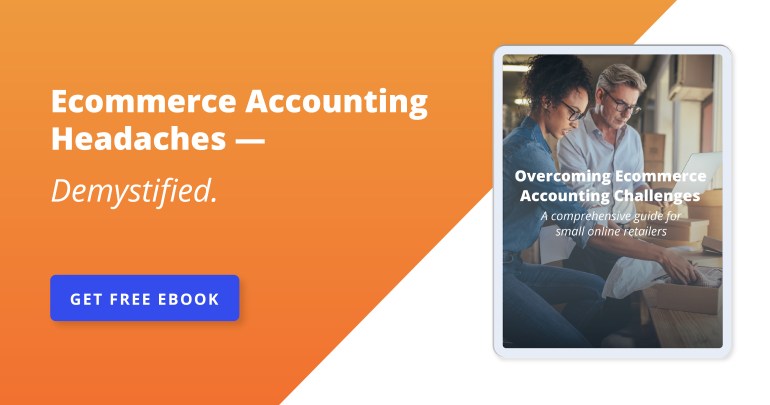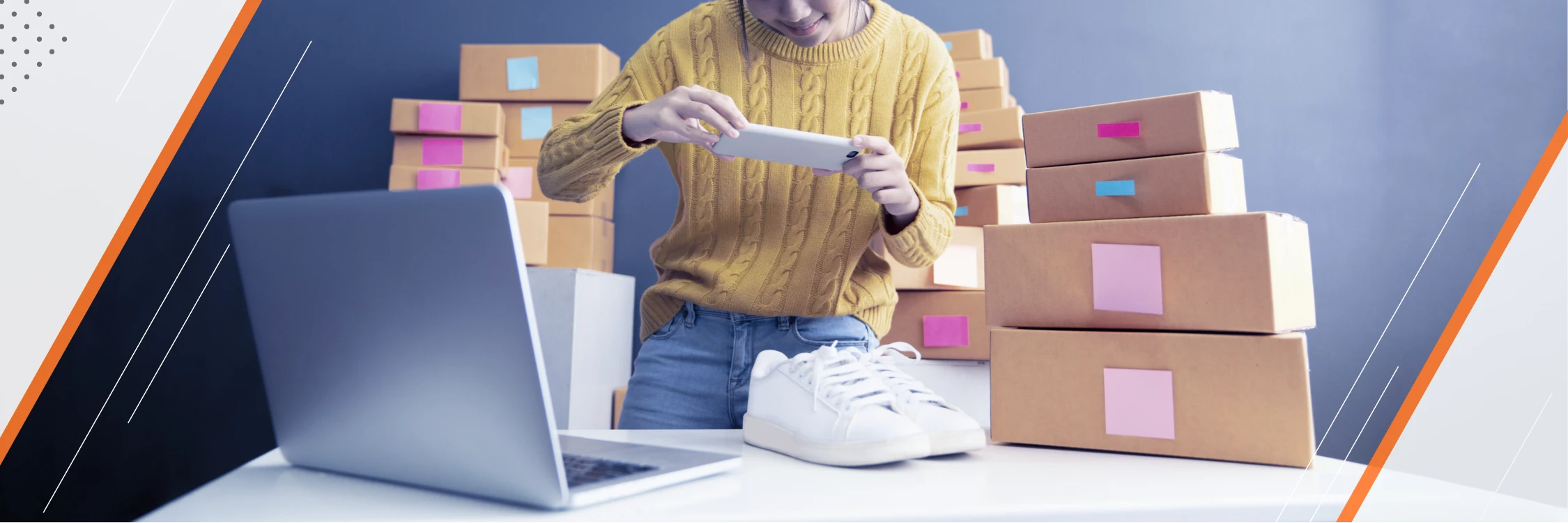
The 7 Hidden Costs of ‘Free’ Ecommerce Technology
Contents
Free technology pops up everywhere in the ecommerce industry, from integrations with your online store or marketplace, to web design plugins and automation tools. As a result, retailers are left scratching their heads: Should they go with the free software offering limited features, and or make room in their budgets for a costlier premium version?
To complicate matters further, many apps that seem free at first glance are actually “freemium,” meaning the basic product or service is complimentary, but additional functionality comes at a price. With a freemium product or service, developers get users in the door with the low cost of entry, then end up promoting upgrades at every opportunity.
Want to make ecommerce technology decisions that increase your business’s productivity, predictability, and profitability? Check out the rundown below to discover what you might be missing out on when you opt for free tech.

1. Missing Functionality
Freemium tools have basic features for a reason: Developers want you to upgrade to their paid version. Despite your best intentions, you may find it very tempting when a freemium app continually reminds you of everything you’re missing out on. And then—with one tap—free just went out the window.
Think a simple tool is all your business needs right now? Think again. Additional features can actually help you save money by increasing productivity and improving the customer experience.
Let’s say you signed up for a free social media monitoring tool that shows engagement and follower metrics from the past month. Data from two months and beyond is only available to paid subscribers. Are you really able to determine what posts resonate with your audience based on just one month of data? Most likely not. Paying for the premium version may be worth it to see the bigger picture of how to improve your social presence.

2. Limited Software Updates
When you purchase premium software, you can expect its product team to continually innovate the technology based on your needs, not their own. If the product is free, how motivated will the developer be to regularly update and improve its service?
The same is true if you sign up for a free tool offered by a product you’re already paying for. It’s likely that this free “connector” app is a quick fix for a gap in the original product. But instead of modifying the original software to suit the needs of customers, developers simply partner with tools that already exist. While this is a great strategy to keep customers on board, users should keep in mind that the free add-on is not the developers’ main priority. So if you notice a bug or error in the free tool, don’t hold your breath that it’ll be fixed any time soon.

3. Poor Customer Support
Next time you’re considering a free app, try this: Call up their support line and see if you can get a human being on the phone. Can you even find a contact number? Those are red flags.
Many free services offer little to no onboarding, tossing you into the deep end without a clue as to what you’re doing. However, with premium products, part of what you’re paying for is the customer success experience. That should include onboarding, technical support when issues crop up, and guidance on user best practices.

4. Tech Stack Bloat
Having too many apps, or tech stack bloat, is a scary thing in ecommerce. Sellers are adding so many plugins to their online stores, it’s like adding weight to a racecar—the more you add, the more unreliable your speed. That’s because each app impacts your page load time, and every millisecond counts in the world of online retail. A slow loading site could be the final straw that leads to an abandoned cart.
When you’re piling on the apps, ask yourself first: Is this really the best thing for my business, or am I potentially damaging the customer experience?
No doubt, free apps are enticing. But when they’re designed to serve a single purpose, you may soon find yourself accumulating more than you—or your operational backend— can handle. It’s likely you could find one paid app that does everything your free apps do… and more.

5. Time
If your free tool is only giving you the bare minimum, imagine how much time you could save if you had a premium version that did all the extra work for you. In the social monitoring example, that extra labor of gathering data from each social platform individually could be costing you more than a premium subscription.
Plus, consider how much time you’re spending downloading, updating, and monitoring your suite of tools. If you have five free apps on your ecommerce platform, you have to stay up to date with all of their software releases. And if you forget to update one of them? Well, that leads us to my next point…

6. Security
We should all know by now that neglecting to update or patch software increases the risk of a network hack. Multiply that by how many different apps you use, and your bloated tech stack could be a security threat for both you and your customers. As an online retailer, you’re dealing with people’s financial data. Don’t cheap out on them.
When investigating a free app, it’s essential to complete your due diligence to ensure you’re working with a reputable company. How long have they been in business? What do you know about the security and privacy policies of their software? Look at their website and see what companies they’re working with. Do you recognize them? Proceed with caution.

7. Data loss
At the end of the day, the consolidation of your free apps is going to prevent omnichannel data loss. Think of it this way: If you took shortcuts setting up the plumbing of your house, you might find yourself losing some water. The same is true with software—if you have to duct tape a solution together, it’s probably going to cost you some data loss.
That’s because while an app may connect one platform to another, that doesn’t mean it’s necessarily synched to the rest of your tech stack. And if your data is spliced all over the place, how can you ensure you’re not getting duplicate entries? How do you know your data is clean? That’s a problem, because in ecommerce, data is what’s going to drive your business forward and empower your marketing, sales, and product efforts.
The Solution?
Considering an addition to your ecommerce tech stack? First and foremost, do your homework, regardless of whether you choose a free product or a paid one. Research the app online, read reviews, and watch product demos. If you find it hard to commit to a paid product, hop on a call with a sales rep and ask them the hard questions. Be specific—show them exactly what tools you’re using now and ask how you can go above and beyond with their product.
Technology should exist to serve you, not the other way around. Paying the extra price upfront for a high-quality product just may be the best thing you can do for your business.

Yvette Zhou is a Group Product Manager at Webgility, passionate about SaaS, fintech, and ecommerce innovation and product development.



.png?width=56&height=56&name=image%20(3).png) Yvette Zhou
Yvette Zhou


